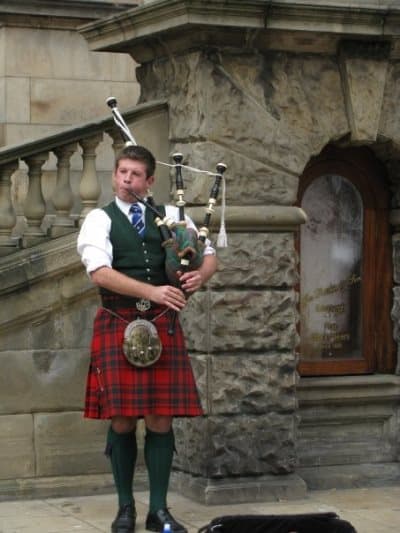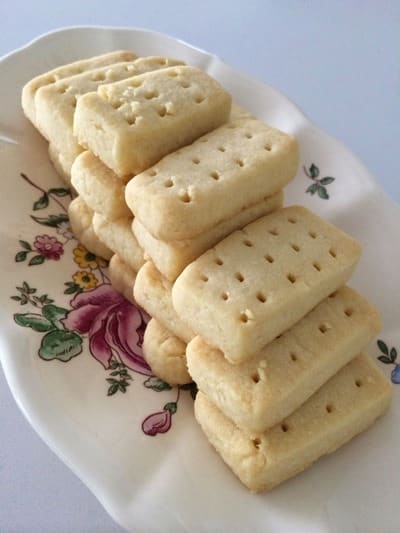If you ever come to visit Edinburgh, first bring an umbrella and secondly bring an extra suitcase to do some shopping. Although it may not be very cheap to shop
here, I do recommend getting some products from here which are absolutely beautiful or very delicious.Knowing what you should buy in Edinburgh is a concern that does not only relate to tourists visiting the capital of Scotland but to locals alike because these typical products are not only great souvenirs but must-haves for Scots alike. Edinburgh is indeed the perfect place to buy a gadget with the atmosphere surrounding this place and it doesn’t lack typical products and souvenirs shops.Here’s some quick advice on what are the must-see stores for visitors and shoppers in the beautiful Scottish city.
King of all Scottish typical goods is the kilt or, as some erroneously call it, the man’s skirt. The Scottish kilt is made of checker woollen Tartan fabric and it is a symbol of tradition because it’s the typical clothing item for Highlands’ men. The history surrounding this particular garment is very curious and not so ancient as you may think. The kilt as we know it today appears to come directly from the medieval Scotland and it was most likely an invention of a British entrepreneur from 1700, Sir Thomas Rawlinson. The story is quite controversial: according to a letter written by Sir Ivan Baille in 1768 and later on published on the Edinburgh Magazine, the invention of the modern kilt happened when Sir Rawlinson moved to the Highlands, and after having learned the culture and observed a group of woodcutters working in the kilns near Inverness, he had the idea to simplify the clothing of these workers. The basic idea was to make their clothes less bulky to facilitate their movements.The Scottish lower class people had already been wearing for centuries tartan cloth cloaks that were tight and were worn with a belt around the waist forming a long skirt. Sir Rawlinson, improvised himself as a designer and shortened the skirt by separating it from the rest of the coat. The newly invented ‘man skirt’ was very practical so the spread of this dress in the lower layers of the population, combined with romantic imagery of the time, gave it a historical and national value much higher than expected.After the Dress Act of 1746, the traditional Scottish kilt and other items were banned as illegal and survived thanks only to the adoption of the kilt as a military garment by the Scottish Highland regiments in the British Army service. When in 1782 the Dress Act was abolished, the famous weaver Sir William Wilson recovered and classified much of the heritage of tartan to ensure its survival until today.In modern Scotland the kilt is the official clothing of parades and national events but it is also traditionally worn by men for weddings and important social gatherings. There are mainly two types of kilt: the modern kilt with dark colours due to the use of chemical dyes and the traditional kilt with delicate and lighter colours similar, more expensive due to the use of traditional dyes.
If you are shopping for good quality traditional kilts in Edinburgh you can visit traditional stores, scattered mainly along the Royal Mile. The main street of the city is the ideal place to buy something typical such as tartan fabric, kilts, high quality cashmere garments, pottery and Scottish foods.Walking along the streets of the Old Town, the oldest part of Edinburgh, you will notice many shops and other craft stores. The quality is guaranteed, from colourful pottery to garments made with warm wool of sheep raised in the Highlands. Beautiful are also the traditional glass pottery, such as carved and subsequently blown crystals, and paperweight engraved by hand. In Edinburgh’s shops you can also be found the typical Scottish jewellery, high quality products that have within them local gemstones.Shoppers who do not know what they should buy in Edinburgh they can opt for one of the department stores in the city, the most famous is Jenners, dating back to the late nineteenth century, which offer a bit of everything.Food wise, Scotland is the home of the smoked salmon, the best whiskey (I talked about it in my last blog) and shortbread, highly caloric and tasty biscuits made with premium butter…delicious!






























































